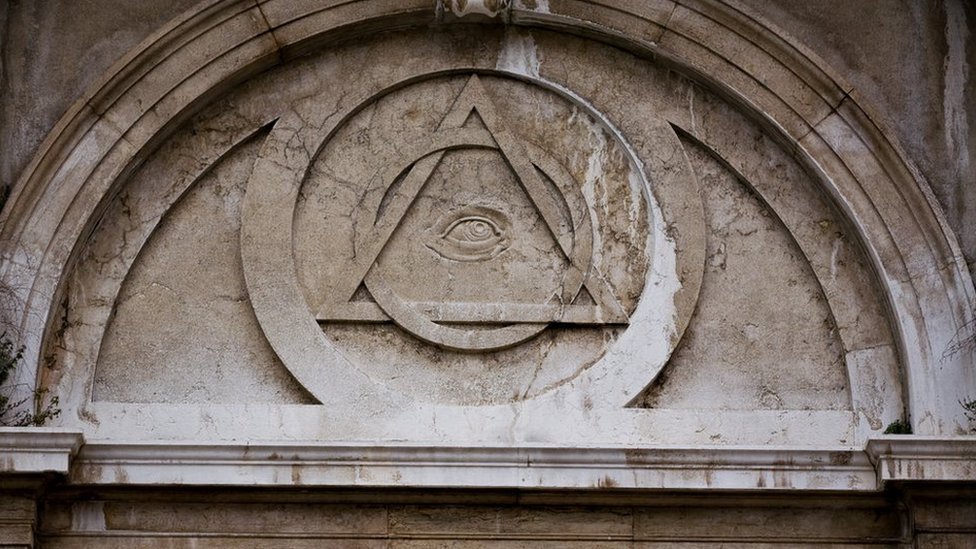Begin with Simple Instructions on How to Join a Masonic Lodge
Begin with Simple Instructions on How to Join a Masonic Lodge
Blog Article
Discovering the Mysteries of the Freemason: What You Required to Know
The Freemason, a term commonly shrouded in intrigue and conflict, stands for a complex tapestry of historic reality and modern misconception. Developed in the late 18th century, this secret culture was originally rooted in the Knowledge's perfects yet has actually since become synonymous with conspiracy theory concepts regarding elite control. As we navigate the origins, key figures, and the raw comparison in between myth and reality, one must consider how these stories affect contemporary understandings of power and secrecy. What may be disclosed via a better evaluation of these elements can test long-held assumptions about the darkness that remain in our society.
Beginnings of the Freemason
The origins of the Freemason are soaked in a blend of historic intrigue and ideological eagerness. Established in 1776 in Ingolstadt, Bavaria, by Adam Weishaupt, the team was initially developed as a secret society targeted at advertising Enlightenment suitables such as factor, secularism, and the separation of church and state. Weishaupt, a professor of canon regulation, sought to challenge the dominating authority of the church and state, which he deemed overbearing establishments suppressing intellectual and individual freedom.
The Freemason looked for to hire influential members from different social sectors, including national politics, academic community, and the arts, to foster a network devoted to these Knowledge concepts. The society operated under a veil of privacy, using coded language and routines to protect its members from oppression, specifically offered the repressive climate of the time. The Freemason dealt with considerable resistance from both governmental authorities and spiritual establishments, which watched the team as a threat to their power.
Key Figures and Members
That were the crucial numbers that shaped the Freemason's early impact and instructions? The Bavarian Freemason, established in 1776 by Adam Weishaupt, emerged as a response to the overbearing societal structures of the time.
Another substantial figure was Johann Gottlieb Fichte, a prominent thinker whose ideas on nationalism and education and learning reverberated with the Freemason's goals. Although Fichte was not a formal participant, his philosophical bases influenced the team's ideological background. Additionally, numbers like the writer and philosopher Johann Wolfgang von Goethe were linked with the wider intellectual movements of the moment, although their direct participation with the Freemason stays debated.
These vital figures added to the Freemason's early instructions, pushing the borders of political and social thought, while their cumulative efforts intended to challenge well-known norms and cultivate a climate of progressive modification in Europe.
Misconceptions vs. Truth
Many misconceptions border the Freemason, frequently mixing fact with fiction in a method that covers its true nature. This secret culture, originally established in 1776 in Bavaria, aimed to promote Knowledge ideals and battle spiritual and political oppression. The concept that the Freemason proceeds to exert considerable impact over world events is a misconception. While the team did exist, it was disbanded in the late 18th century and has not run as a natural entity because after that.
An additional prevalent myth is that the Freemason makes up a network of elite individuals adjusting international events. In truth, he said numerous conspiracy theories overemphasize the team's significance, associating misguided intentions to social fads and occasions. This has actually led to an oversimplified view of complex problems.

Modern Analyses
Contemporary analyses of the Freemason usually mirror broader societal anxieties and a fascination with secrecy and power. This modern lens frequently associates the Freemason with conspiracy concepts that recommend a hidden elite orchestrates world events, manipulating governments and economies for their own gain. Such stories take advantage of a deep-rooted distrust of authority, particularly in times of situation or social turmoil.

Additionally, some contemporary analyses frame the Freemason as a metaphor for the complexities of globalization and the interconnectedness of influential people and companies. This viewpoint motivates an important assessment of exactly how power dynamics operate in today's globe, highlighting the equilibrium between transparency and secrecy in administration and corporate techniques.
Social Effect and Tradition
Influenced by centuries of intrigue, the cultural influence and heritage of the Freemason prolong far past its historic origins. This secret culture, developed in the late 18th century, has penetrated different facets of pop culture, from literature and film to songs and art. The idea of the Freemason has advanced right into a symbol of conspiracy theory concepts, typically representing a regarded concealed power manipulating international events.
In literature, writers like Dan Brown have woven the look at this site Freemason right into complex plots, exciting readers with motifs of secrecy and power. Movies such as "National Treasure" and "The Da Vinci Code" further bolster the allure of the culture, blending reality with fiction to create interesting narratives.
The Freemason's impact also expands into songs, with artists referencing the company to evoke styles of disobedience and societal review. This portrayal has actually contributed to an attraction with the concept of clandestine teams controlling the bars of power, reflecting societal anxiousness about authority and openness.
Ultimately, the Freemason's tradition is an intricate tapestry of myth and truth, forming understandings of privacy and control in modern discourse. Its long-lasting visibility in culture highlights mankind's perennial mission for recognizing hidden realities.
Verdict
The exploration of the Freemason reveals a complicated interaction between historical truths and modern-day myth-making. Established in the Enlightenment age, this culture intended to test oppressive structures, yet its tradition has actually been outweighed by conspiracy theory theories that suggest click for more elite control. Comprehending the distinctions in between the initial ideals and contemporary interpretations is necessary for understanding the sustaining fascination with the Freemason and its significant impact on cultural narratives surrounding power and privacy in society.
Report this page